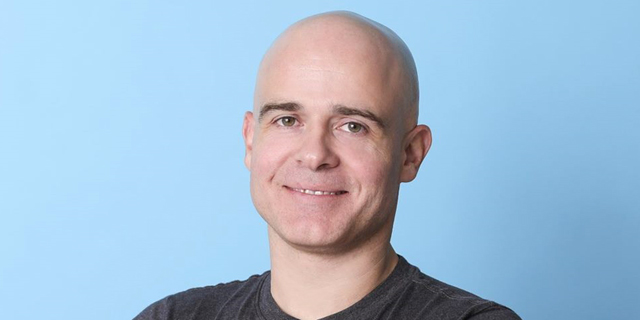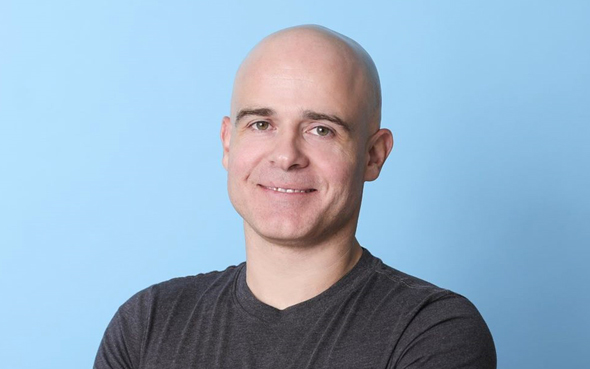
Mind The Tech TLV
"It does something to see your co-workers in person and not just as pixels on the screen"
Lightricks CEO Zeev Farbman explains why he doesn’t anticipate seeing employees return to fully working from the office anytime soon
CTech | 15:23, 07.12.20
Even after the Covid-19 pandemic is over, companies won’t rush to return to the old model of working regularly in offices, estimated Dr. Zeev Farbman, the founder and CEO of Jerusalem-based content creation app developer Lightricks Ltd. at Calcalist’s Mind the Tech Tel Aviv Conference.
“Everyone is trying to figure out whether there is a new workplace status quo that will suit employers as well as employees,” Farbman said in an interview with Omer Kabir. “I don’t think anyone has an answer for how things are going to look. We will try out the hybrid model for a while and see what works and what doesn’t and which model we’ll end up with. I don’t think we, or anyone else, will have a final answer on that in the coming year. It is going to take time.”
“I’ve spoken with a fair number of other CEOs to try to determine where this whole story is going and for now we’re still in an experimental mode. Clearly, there are a lot of positive aspects of this flexibility, less time spent in traffic, people being a bit more relaxed, but on the other hand, people are having a harder time differentiating between work and home life, which is a common complaint we hear. It feels to me like it’s going to take a while to fully understand what the optimum conditions are. It could take a year or two, or even longer, to strike the balance.”
Farbman went on to explain how best to maintain the innovation that emerges from chance encounters at the workplace at a time when they no longer occur. “At the start of the Covid-19 outbreak, we were euphoric. We thought that with everyone working from home, people would be relaxed, they wouldn’t face aggravating traffic jams, everything would be amazing. But a few months into it, we realized that the hallway interactions are critical for maintaining the social fabric of the company and enabling spurts of creativity that can’t be structured artificially.
“Our solution for the moment as we employ the hybrid model is to try to create more social interactions, with things like joint dinners. It may sound funny that a workplace promotes such things, but we saw that it was helping. Even if co-workers only see each other face-to-face once a week, we’re already doing something. These are physical meetups that take place in the evening at the company’s offices. We get people from local restaurants, who aren’t so busy these days, to cater the meal and establish a safe place for the encounters to take place. They are all held in the open and with a cap on the number of participants,” Farbman said.
Is it difficult to get employees to attend the gatherings?
“A sort of inertia has settled in by which people are working from home and don’t really have the energy to go out. In the beginning, it was hard to convince people of the merits of meeting informally. But when a person who has been sitting at home for months stops seeing his co-workers as pixels on the computer screen and goes back to seeing them as photons on his actual retinas, it does something to them. As time goes by, we see that more and more people want to attend and no longer need convincing that it’s worthwhile.”
